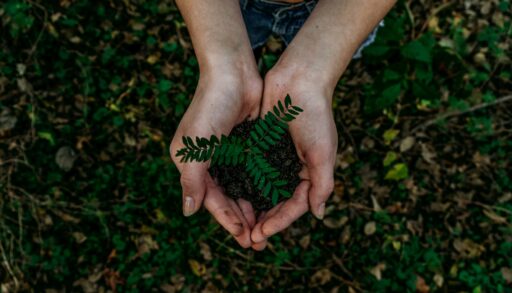Cambodia’s Crocodiles Rally from Near Extinction
Cambodia has achieved a record-breaking conservation milestone with the hatching of 60 baby Siamese crocodiles. This event marks a significant success in the two-decade-long effort to revive this critically endangered species in the Cardamom Mountains.

Distinct for their olive green color and bony head crest, Siamese crocodiles can grow up to 10 feet long. Once widespread across Southeast Asia, intense hunting and habitat loss have drastically diminished their populations. Today, the global count stands at just 400, mostly residing in Cambodia.
In May, locals discovered five crocodile nests, and by the end of June, conservationists celebrated the birth of 60 crocodiles. Pablo Sinovas, leader of Fauna & Flora’s Cambodia program, hailed this success as a tremendous boost for conservation efforts. These efforts are a collaborative initiative between conservationists, local NGOs, and the Cambodian government.
The crocodiles were once thought extinct until their rediscovery in 2000. Since then, Fauna & Flora has partnered with local officials to start a breeding program. This involves raising crocodiles in captivity before releasing them into the wild across the Cardamom Mountains. Local wardens regularly patrol these areas to protect the released crocodiles.
The program has reintroduced 196 Siamese crocodiles to the wild since 2012. The recent discovery of nests in new areas indicates that the crocodiles are breeding in their natural habitat. To ensure the safety of the hatchlings, conservation teams have been guarding the nests around the clock until all the eggs hatched.
This ongoing vigilance and collaboration are key to the species’ revival, highlighting a hopeful future for Siamese crocodiles in Cambodia.
Re-reported from the article originally published in BBC.









